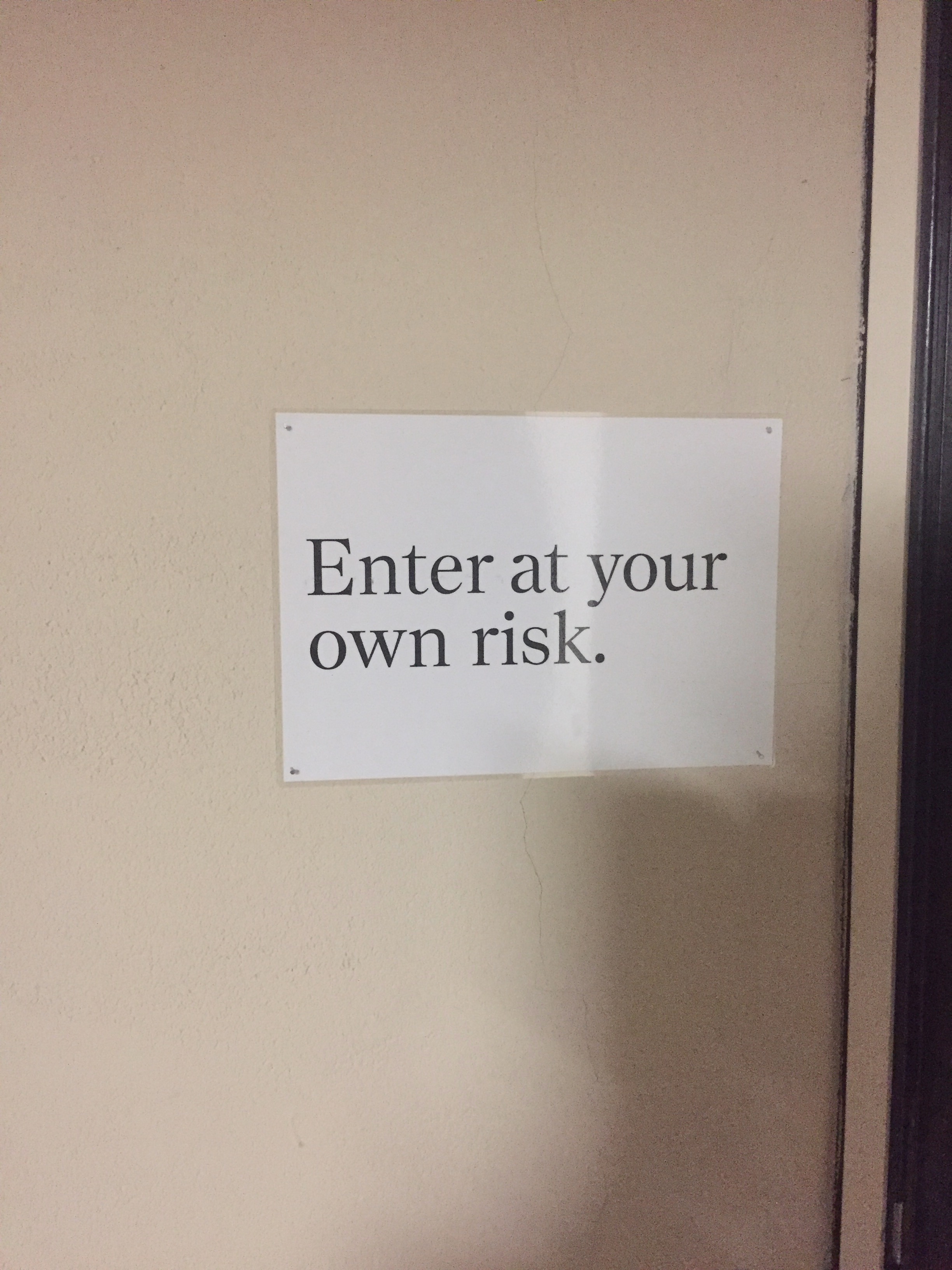
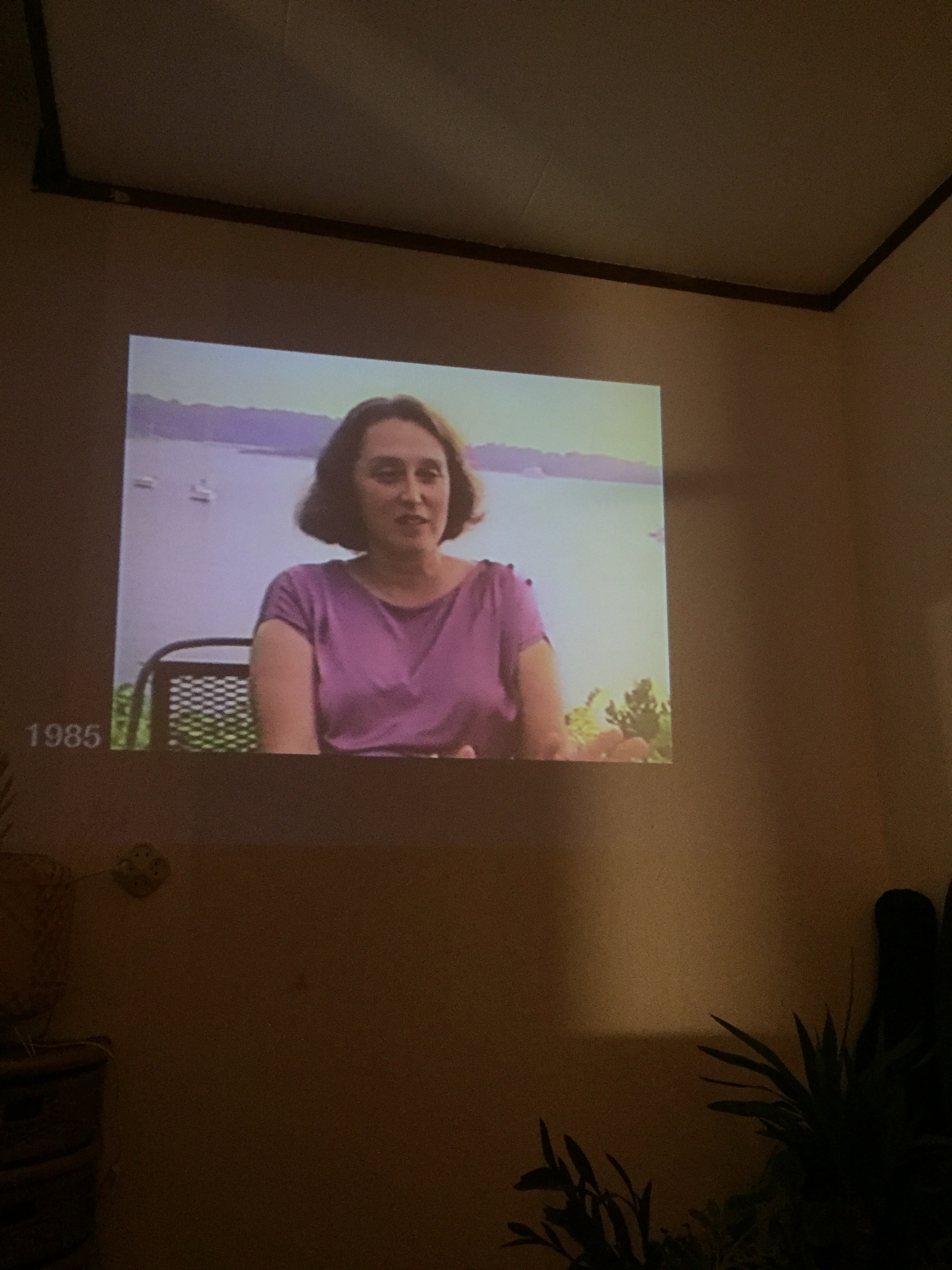
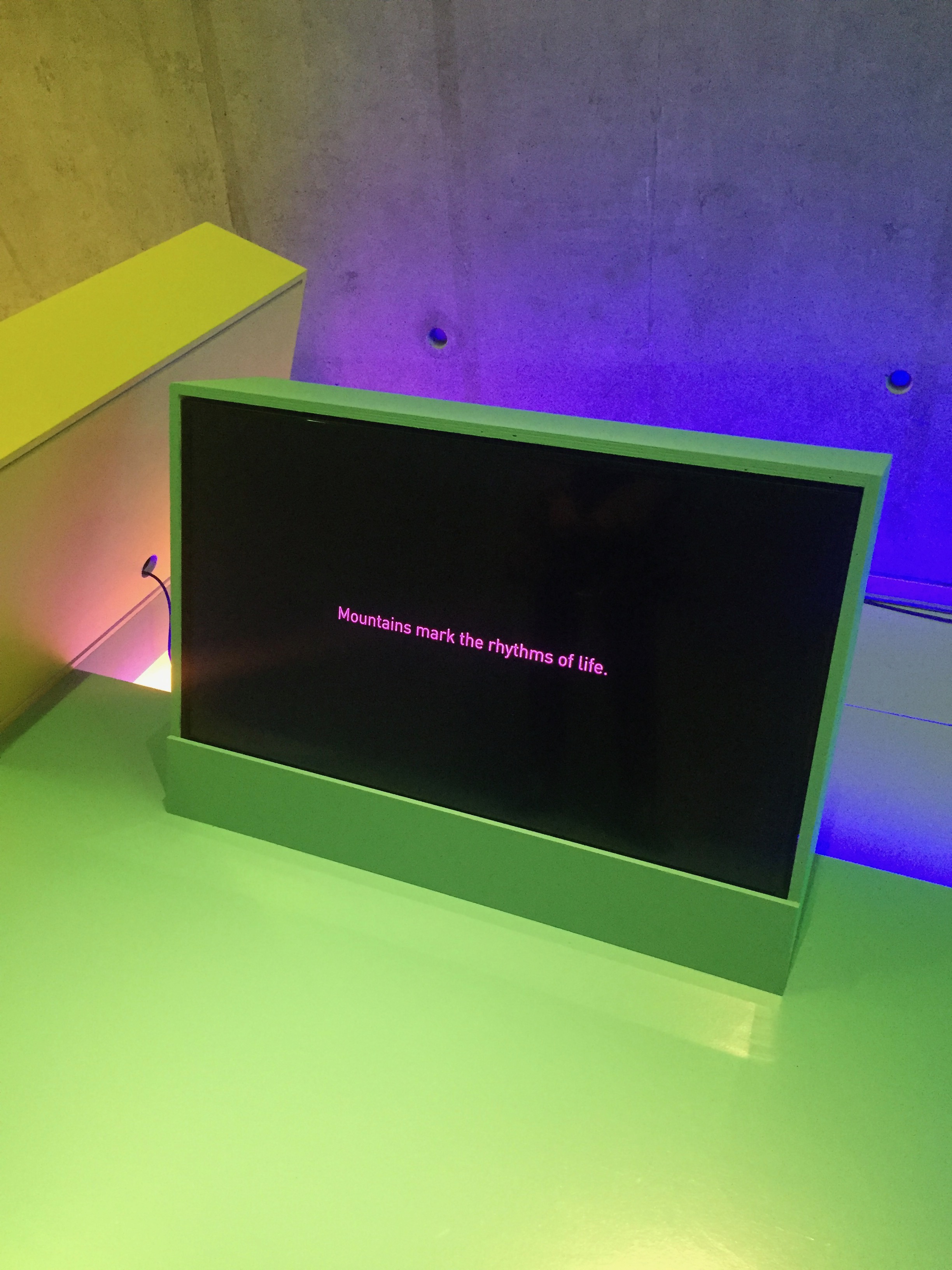
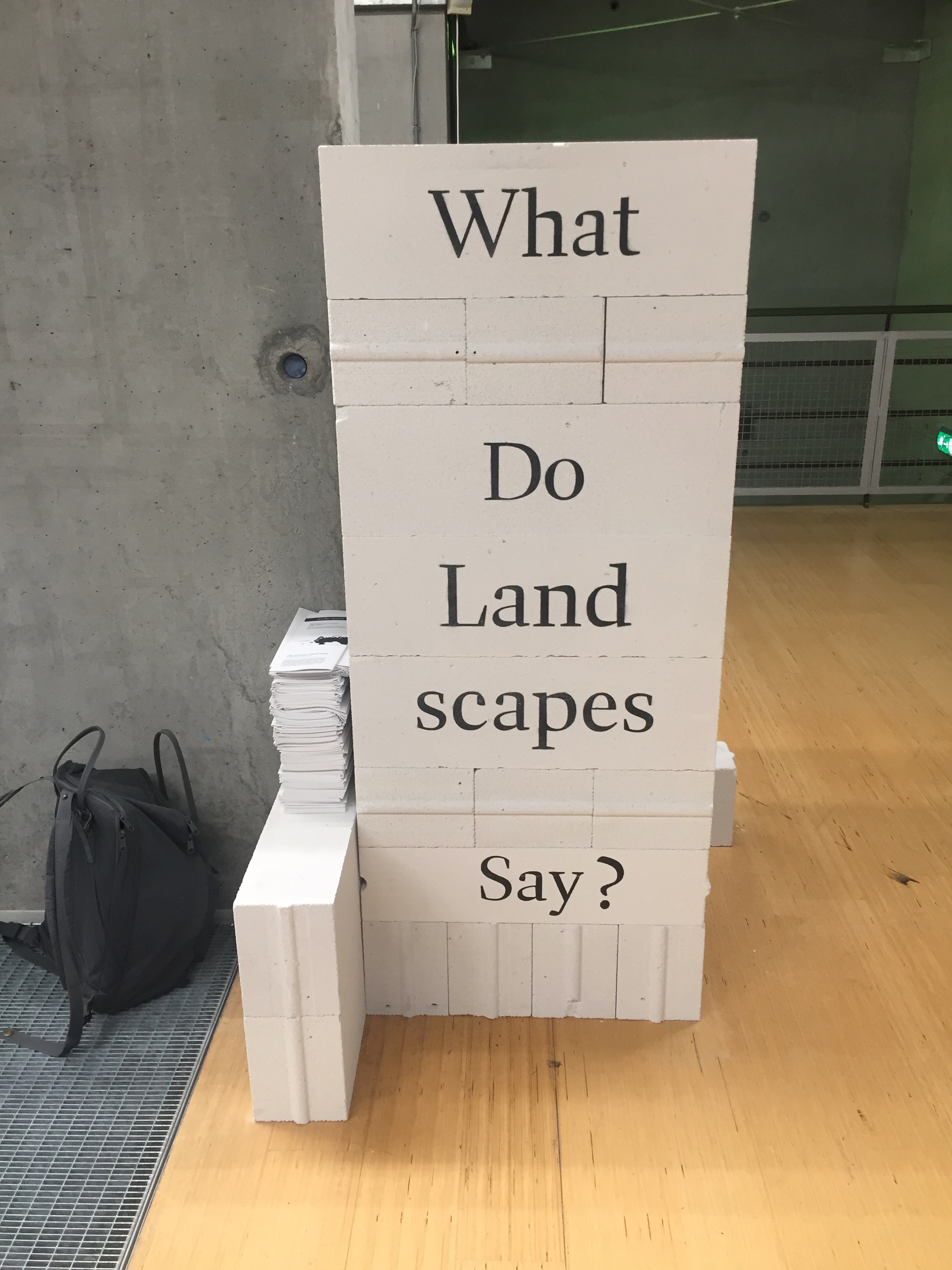
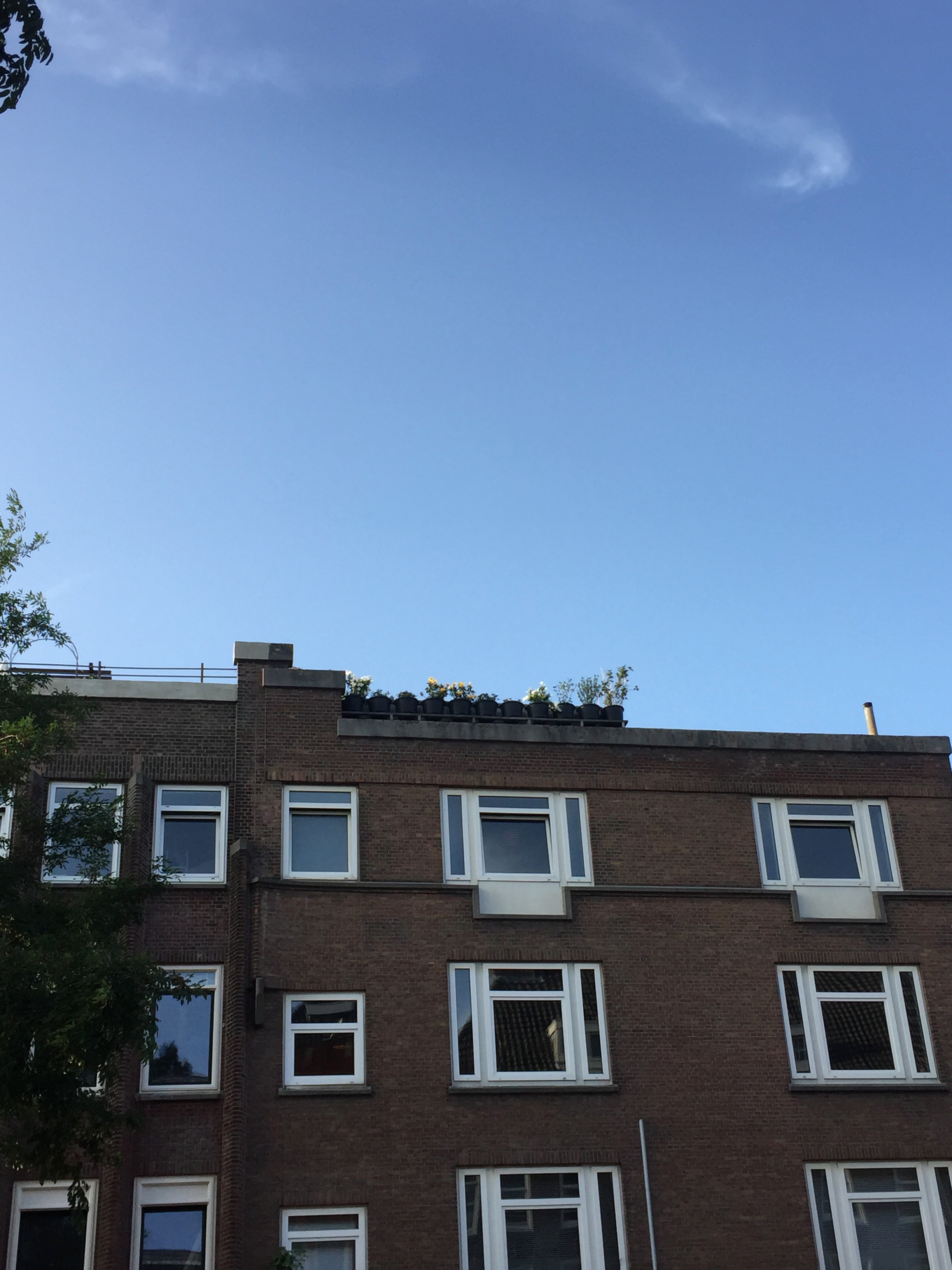
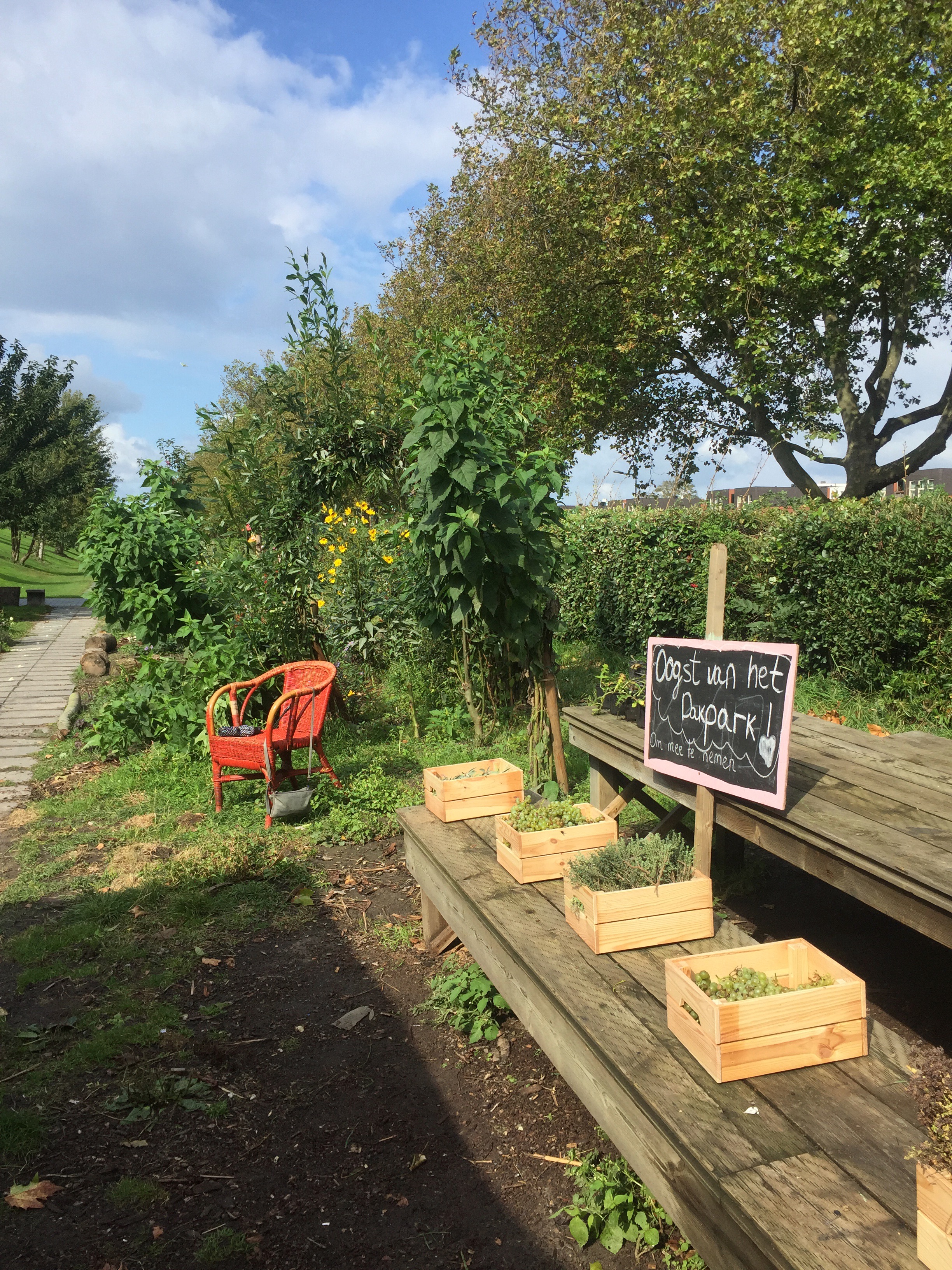
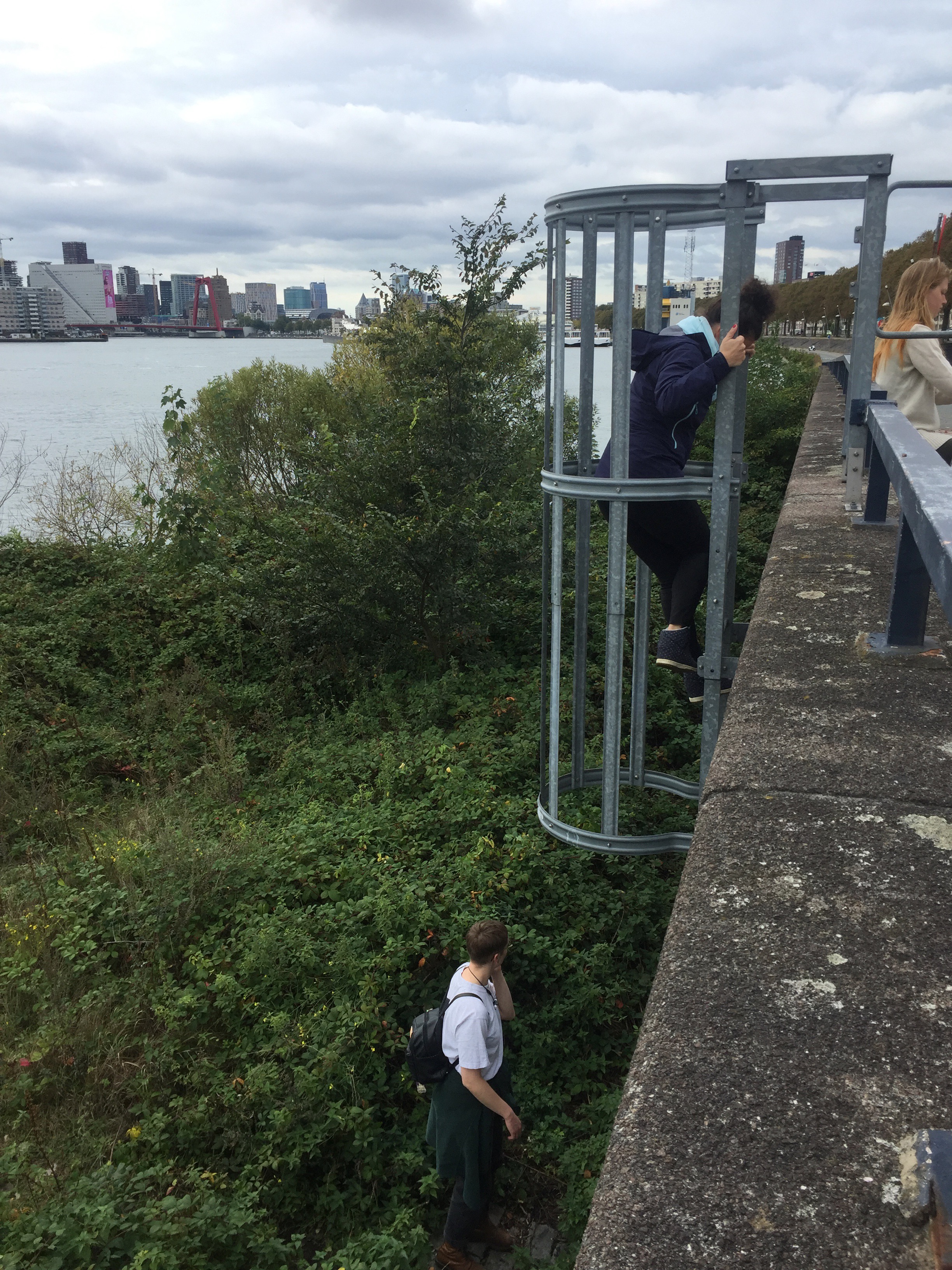
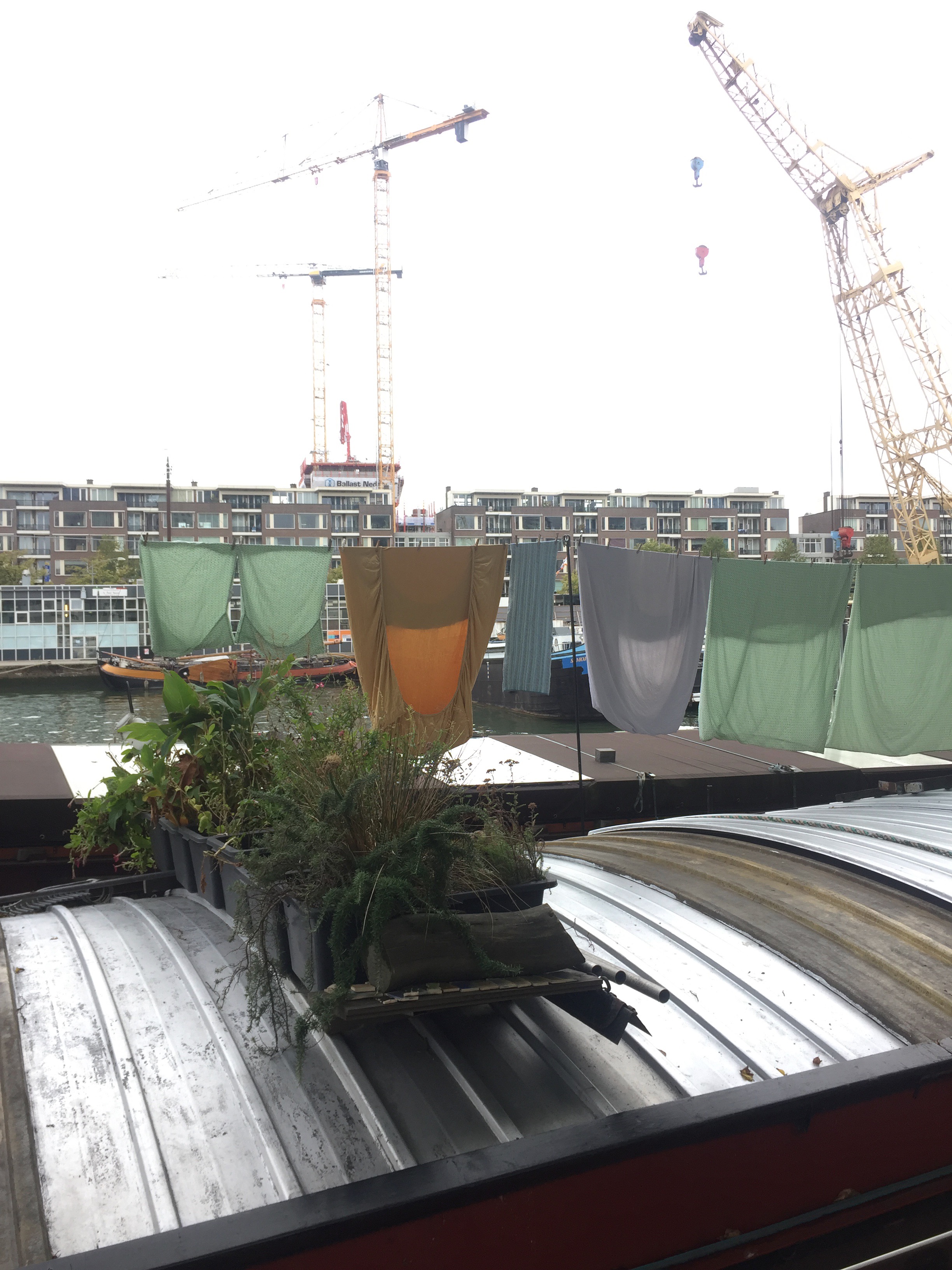
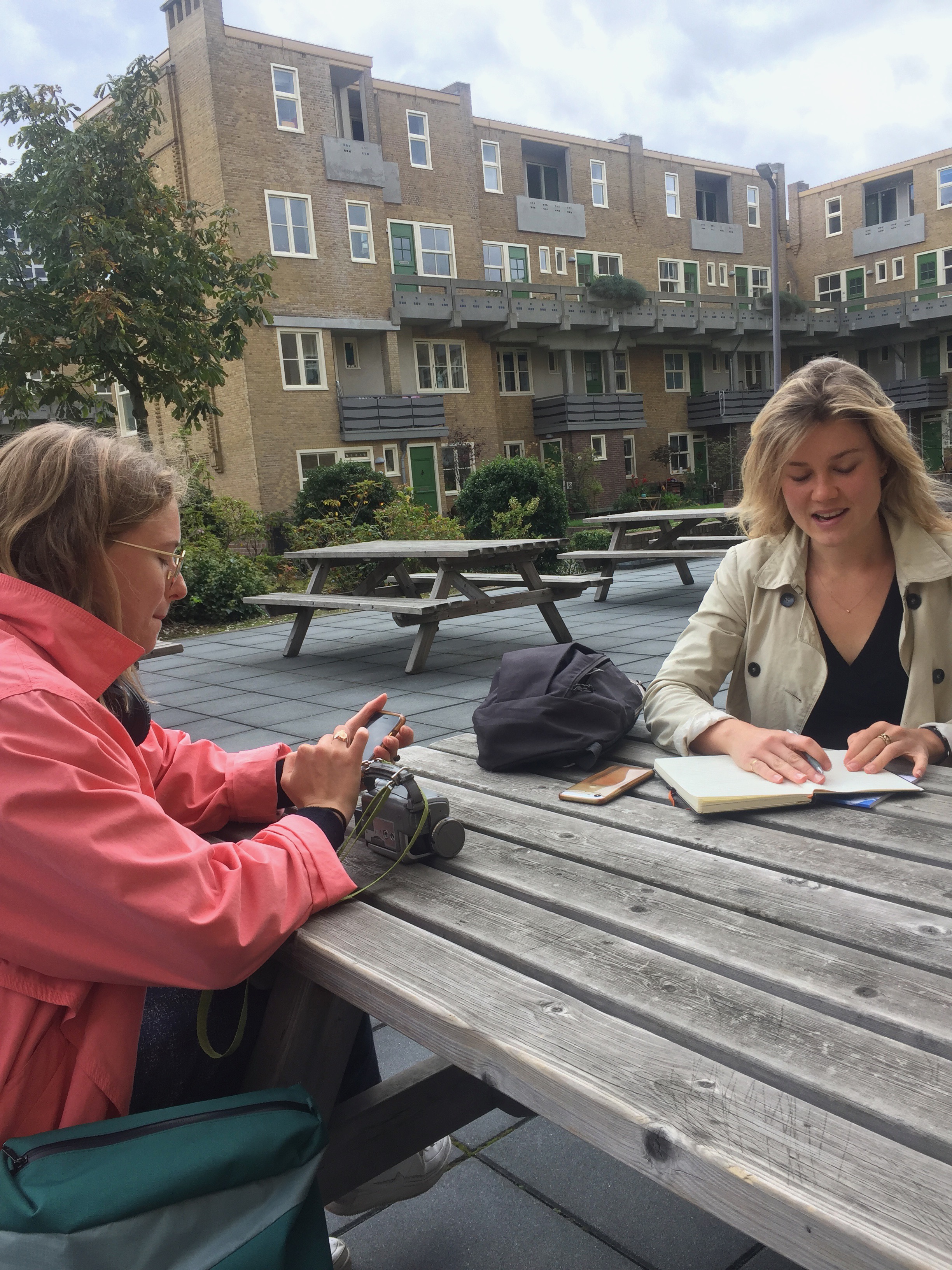
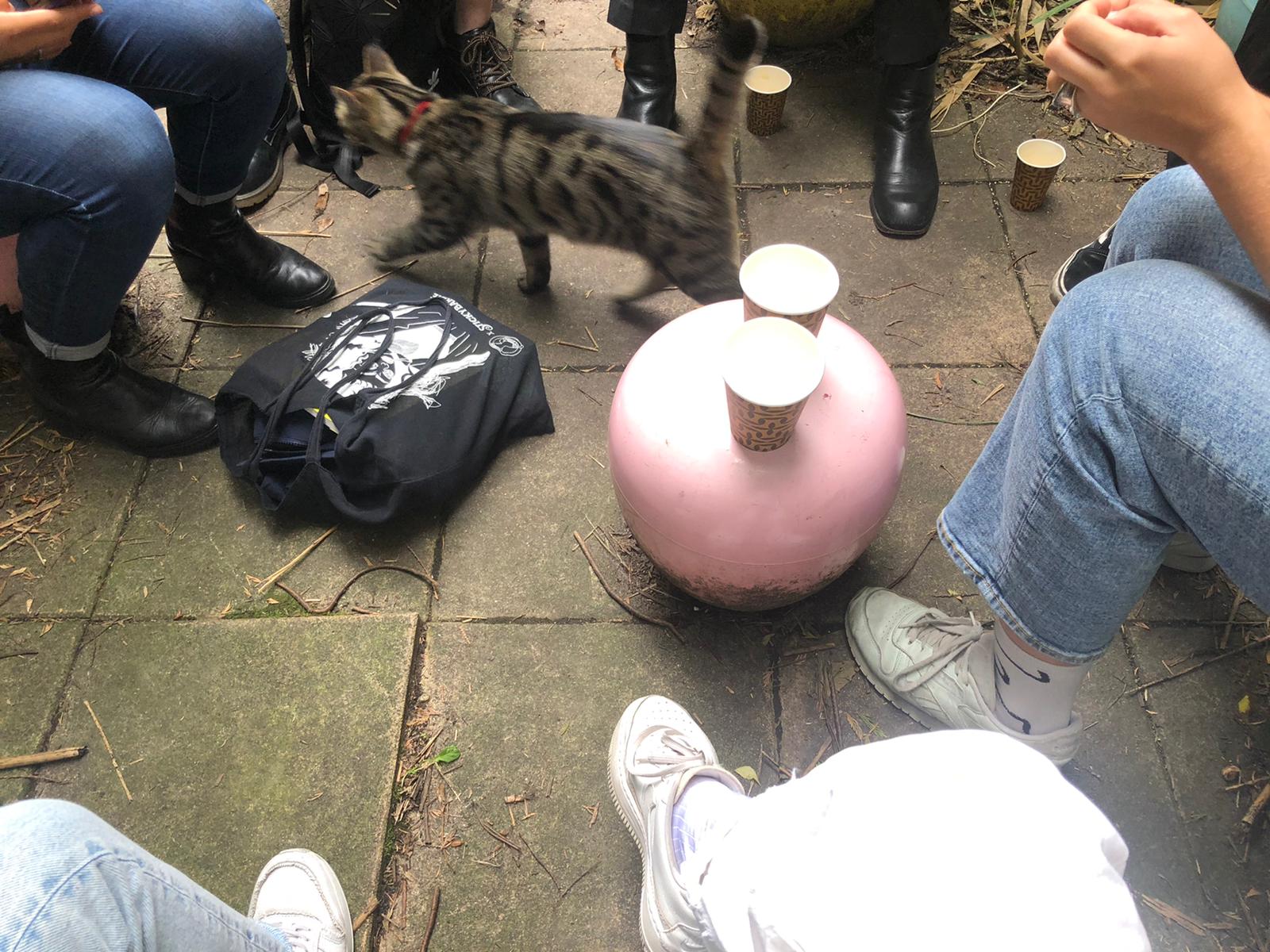
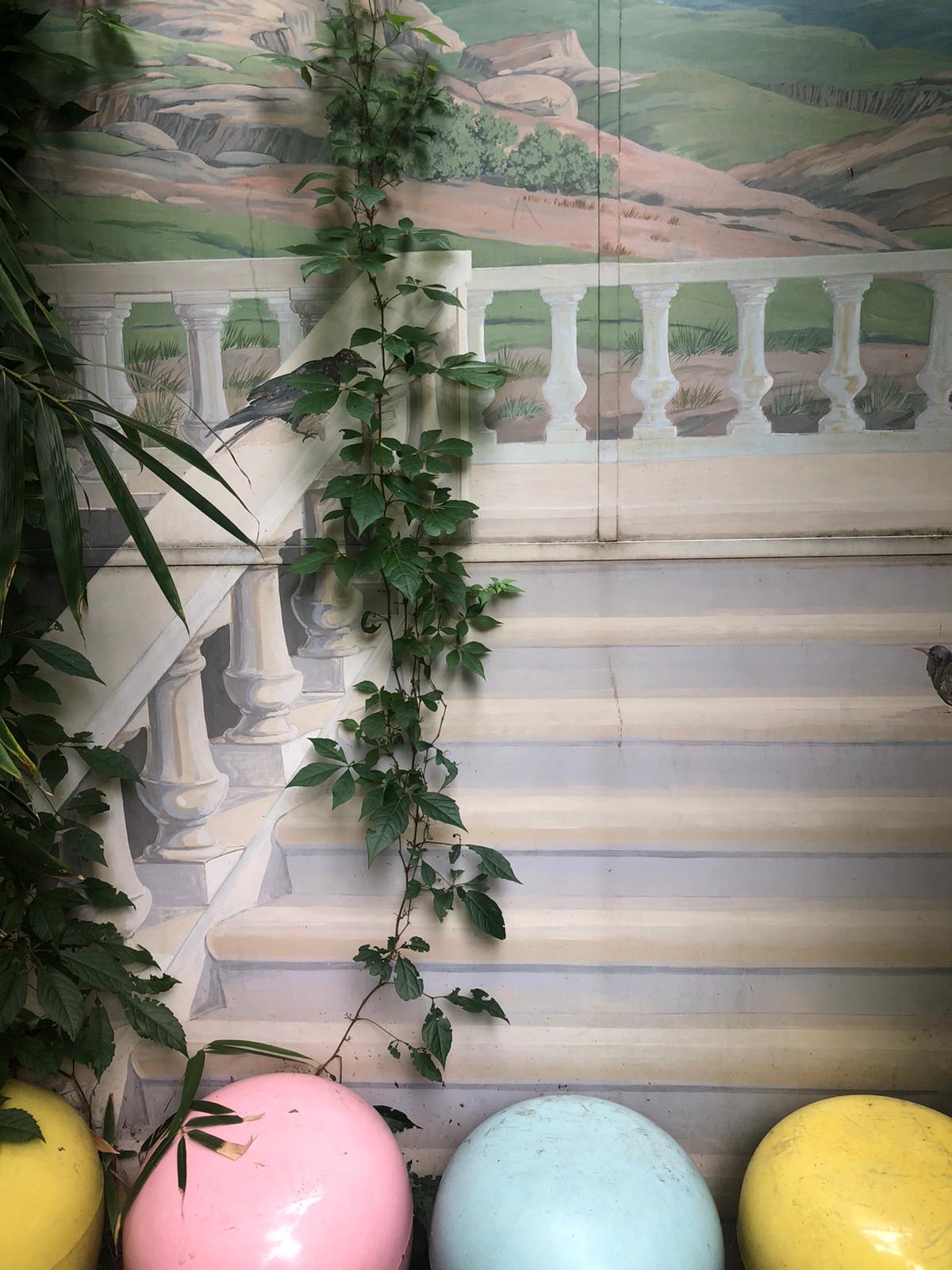
Trans-disciplinary embodied learning teaches me me a lot. I have learned to create a holistic approach to questions that arise in and outside of my practice. The combination of reading academic texts and sci-fi literature, walks in nature,sound walks, documentary screenings,visits to art exhibitions and most of all sharing all these with tutors and classmates provides me with a wider scope of looking at a subject and gives me access to new connections. I am learning that it is the creation of bridges that enables me to explore the boundaries, but also the similarities between art and science. The boundaries that I create for myself and the similarities I share with people that are different from me. By stimulating my brain visually, academically and artistically I expand my boundaries, and challenge the labels I have assigned to myself and the others.
Learning and experiencing through different approaches and working within a multidisciplinary team of students and experts helps me realize that it is indeed possible to be an artist and a researcher. In fact the two are inseparable.
The texts of Bateson’s Ecology of Mind, Morton’s Queer Ecology, Latour’s Compositionist Manifesto, my personal sound walk, and the documentary Symbiotic Earth taught me about nature's connections and networks and the importance of the cooperative relationships between species: symbiosis. The notion of symbiosis appeared during different instants of my music practice.
An example can be being aware of all the different sounds surrounding me. An example will be while performing with the music ensembles at school, I observed that the different layers (form, melody, rhythm, harmony) that we produce with our instruments produce a unified sound.This sound can be consonant or dissonant. That depends from what each of us, the musicians, is playing. The interdependence that is created between the musicians reminded me of the interdependence between the different species of our ecosystem. The organisms of the ecosystem co-exist just like the musicians of our ensemble. If the interaction between the organisms and their environment is harmonious, a balance is created. But if there is a disruption, an ecological imbalance is created. In our ensemble, if everyone plays their part correctly and pay attention to what the rest of us is playing, the music will be in harmony. If, however, one of us starts playing the wrong notes, the music will sound awful and dissonance will be the result.
I can benefit a lot from letting my imagination compare the ensemble to an ecosystem. I don't want to just perform my part correctly. I take the initiative to recommend a slightly different chord in a specific bar or by changing my phrasing of a specific line. The possibilities are endless, but the goal is to work closely with each other in order to facilitate the band to act as a whole, as one big living organism.
Facilitating my team to perform to its best and avoid conflict, while creating a safe and productive learning environment was also my priority. Giving space to each other to express what they think or feel was also my way of contributing to the group. I also offered support when one of my fellow students was questioning themselves, needed someone to talk to or was not managing with time. I offered my space for the screenings and the getting together, which offered a safe environment for us to gather when allowed. I think in the RASL team, like in the music ensemble space is important. Space to let others grow and express themselves is essential.
What I hope for the future is that i keep collaborating with students and tutors from disciplines other than mine. It is so valuable to have this pallet of colours to me, as a person and as an artist. It sparks my imagination and teaches me how to work with an open mind. Learning new things was always a force that drove me forward. And especially when it is together with other people, it constitutes the ideal way for me to learn and grow. I imagine myself working as a musician but also bridging music with psychology to alleviate negative emotions from refugees and people suffering from mental illness. Another ambition is to use music as a form of activism to mobilize people for sociopolitical and environmental issues. I aspire to work with scientists and artists to make a better future for our communities and our planet.
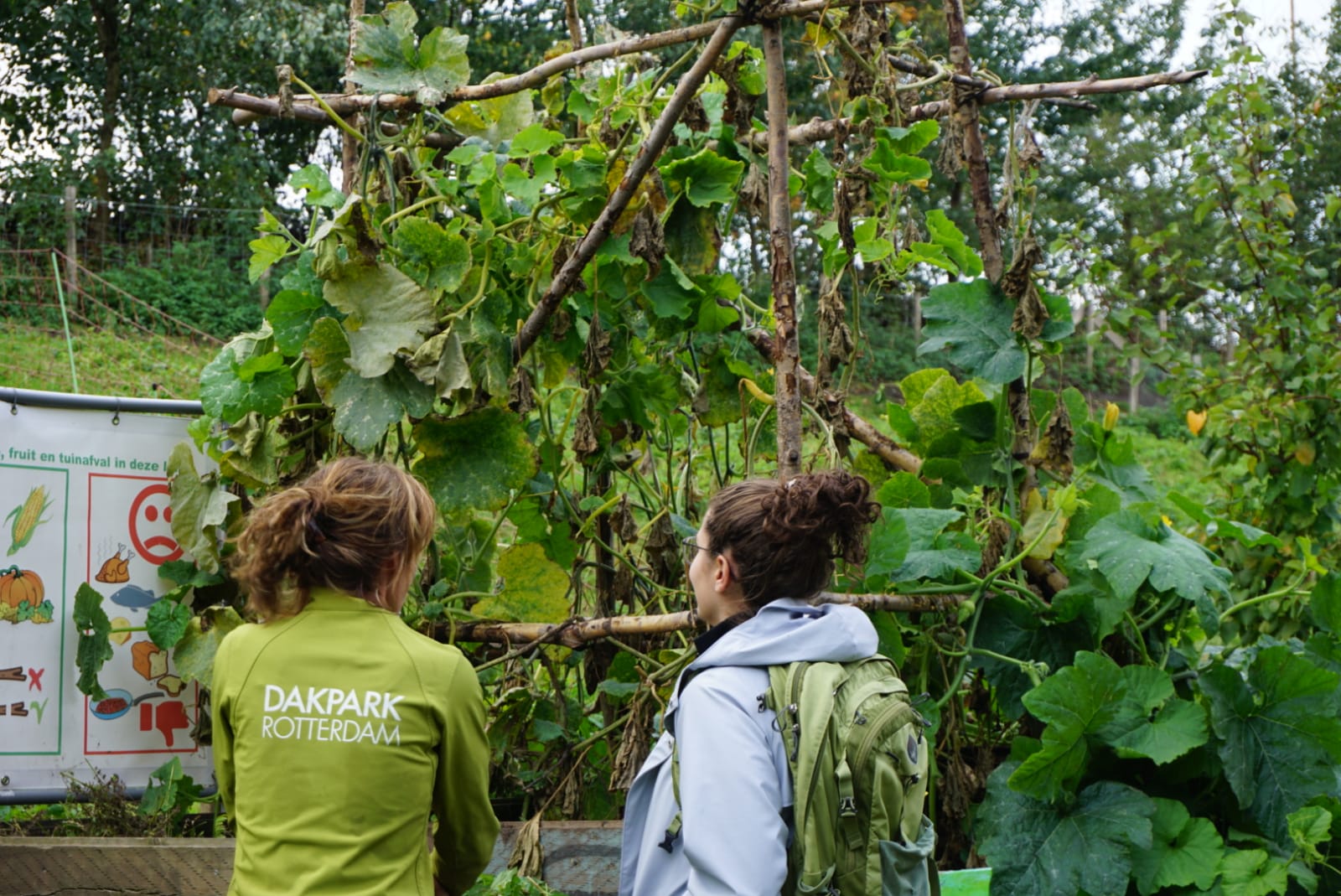
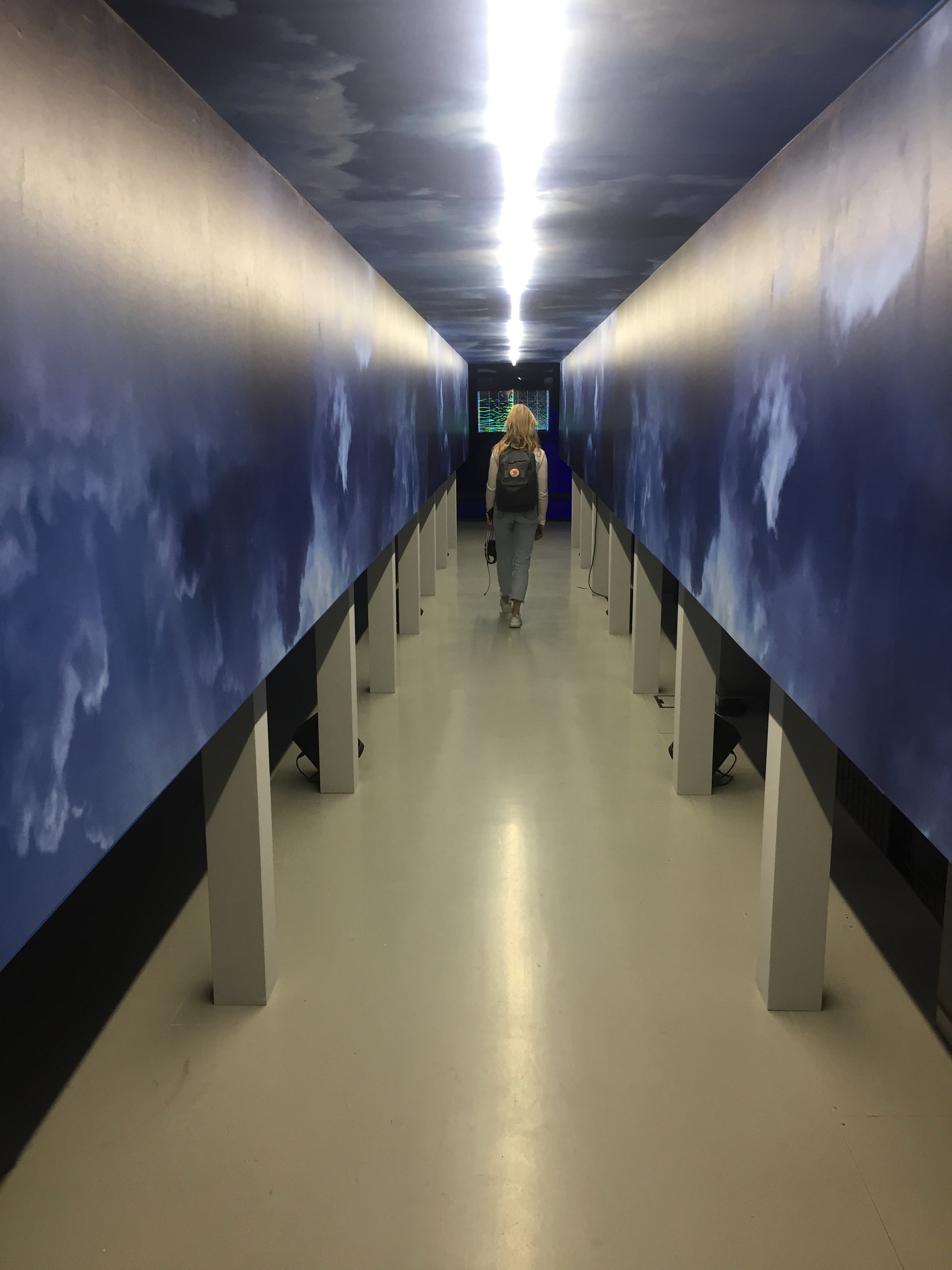
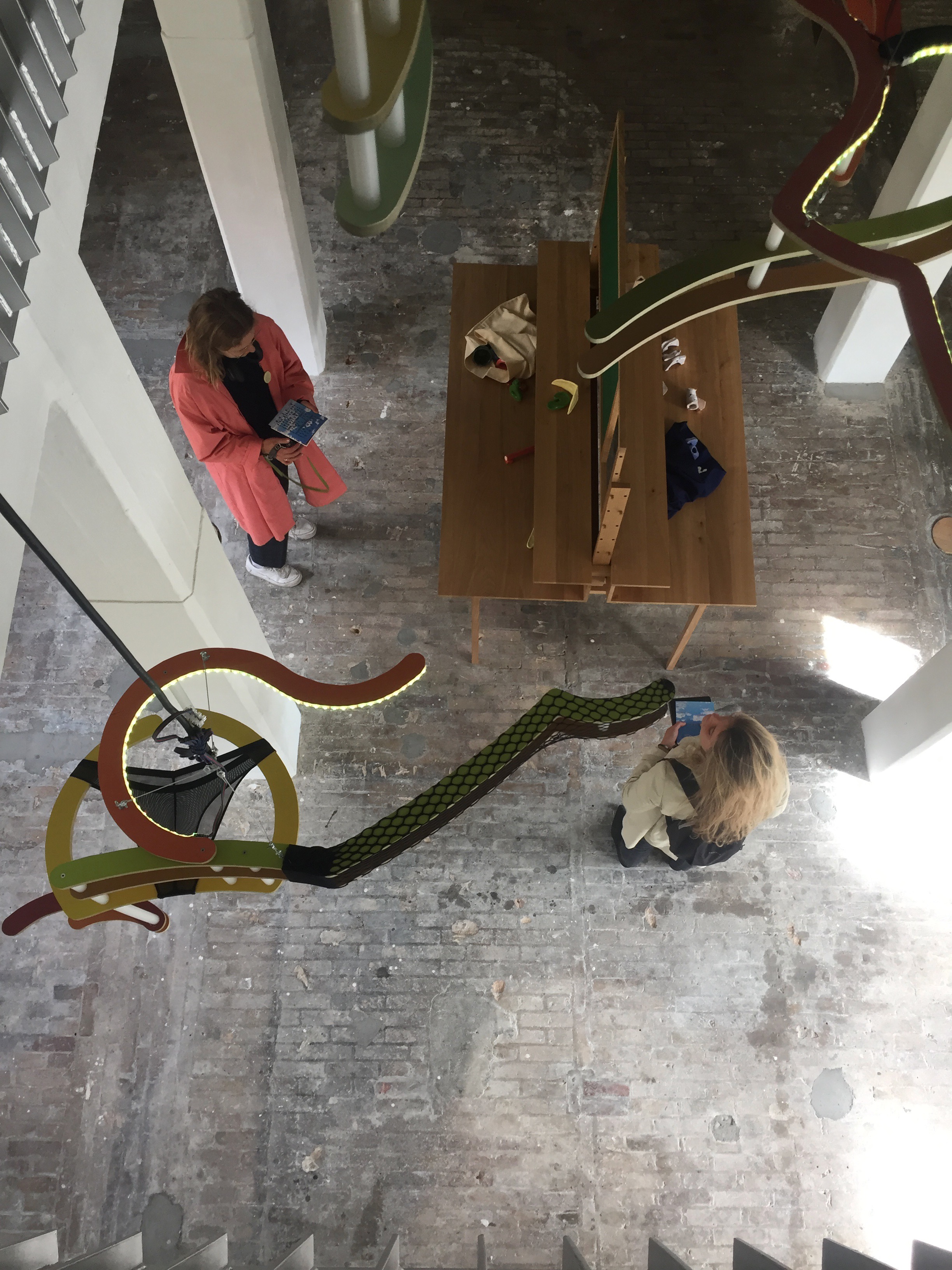
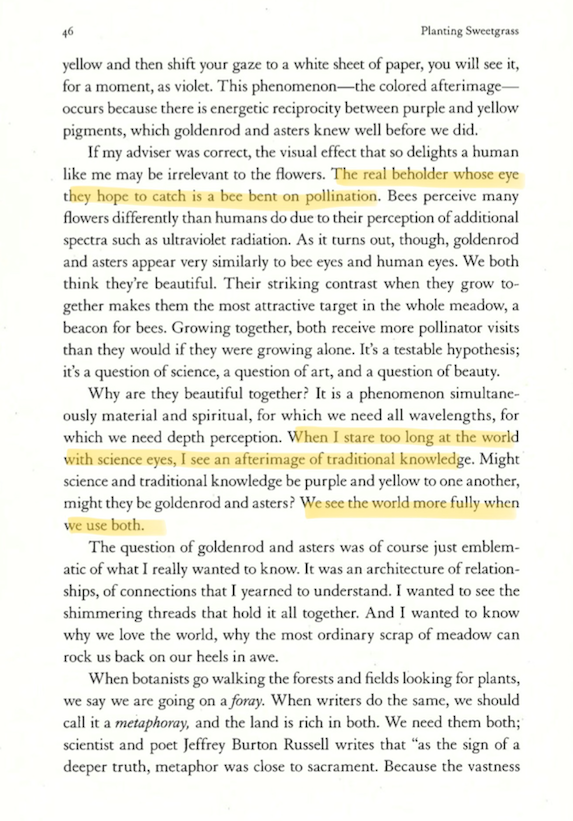

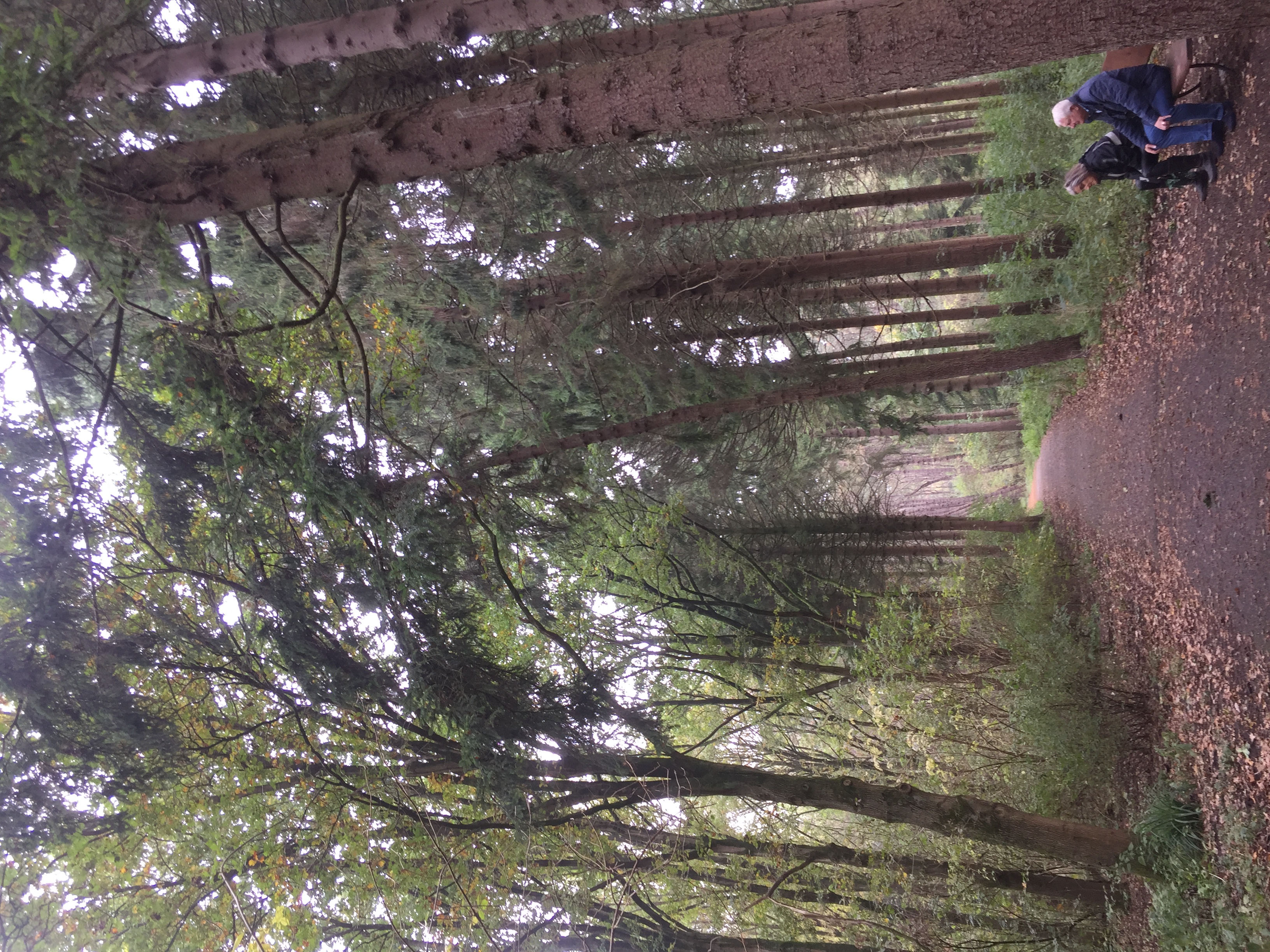
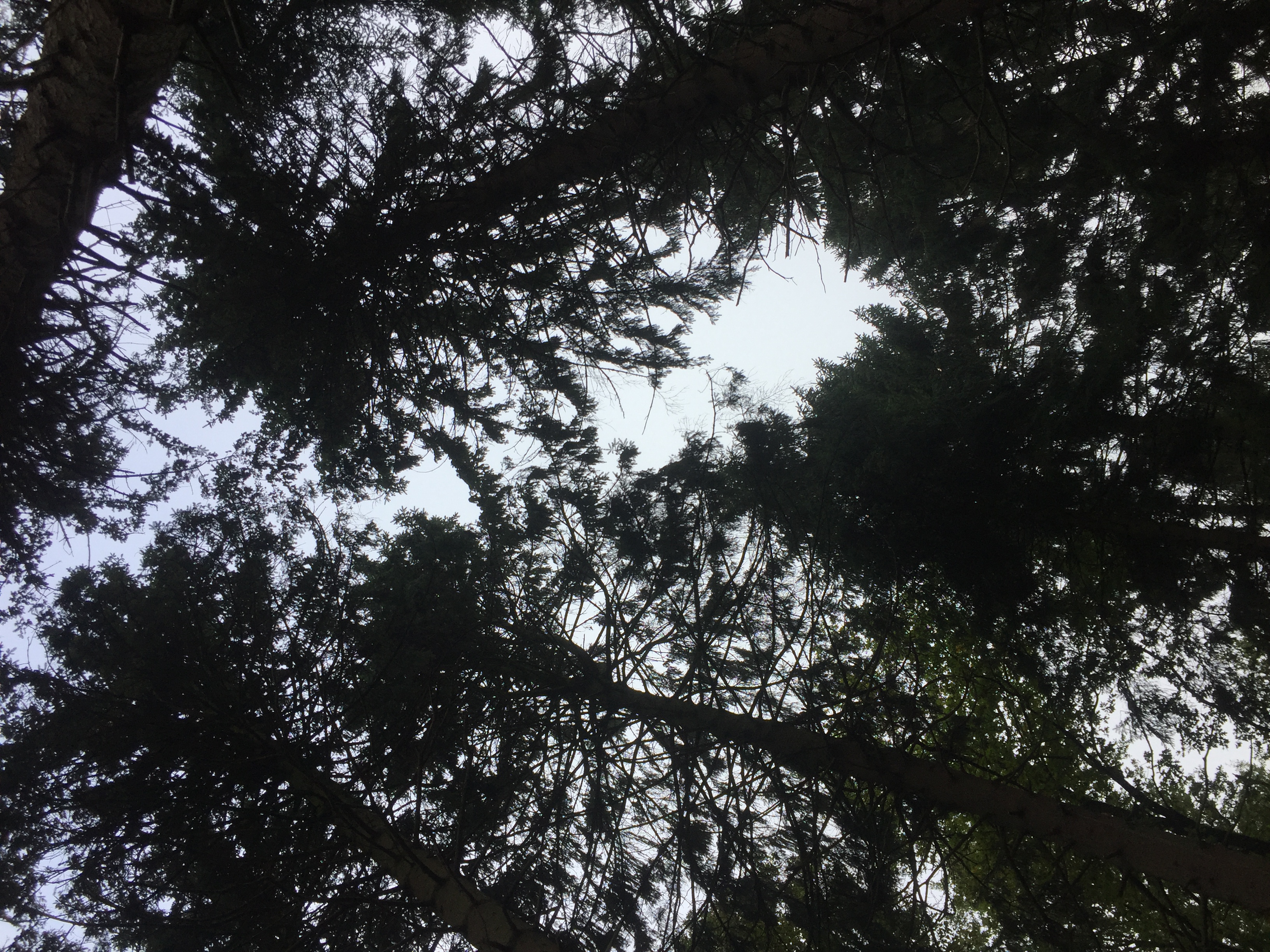
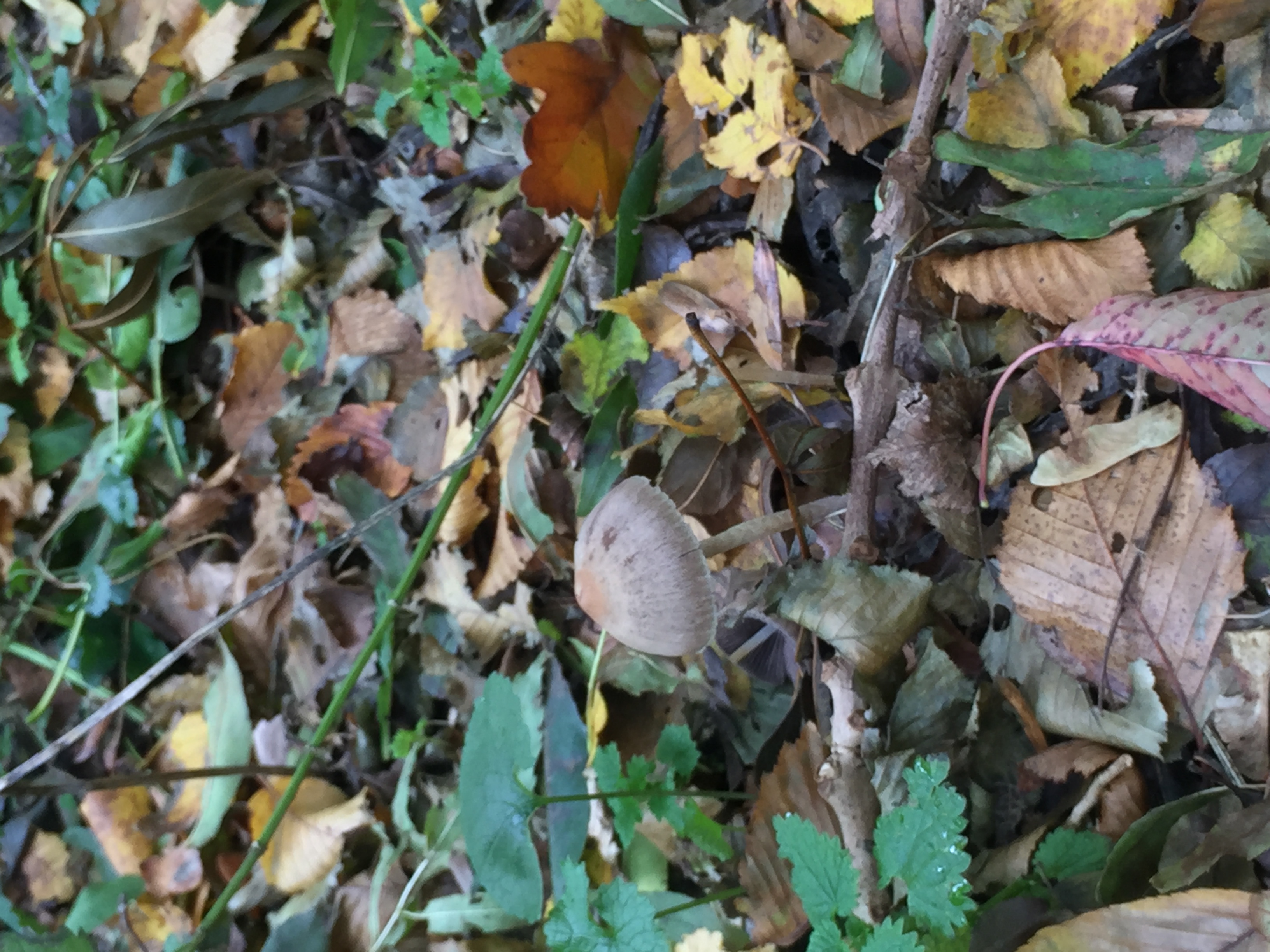
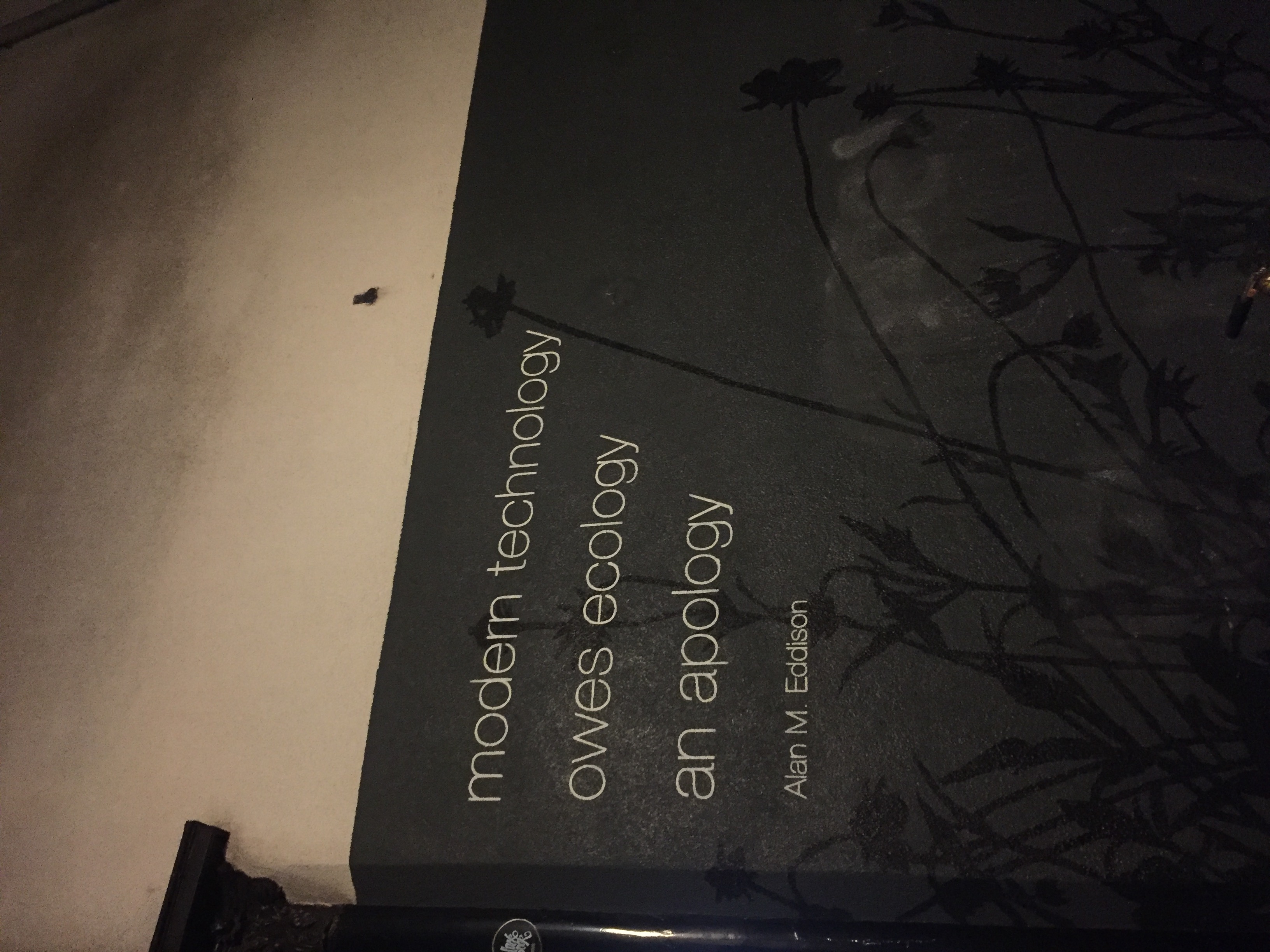
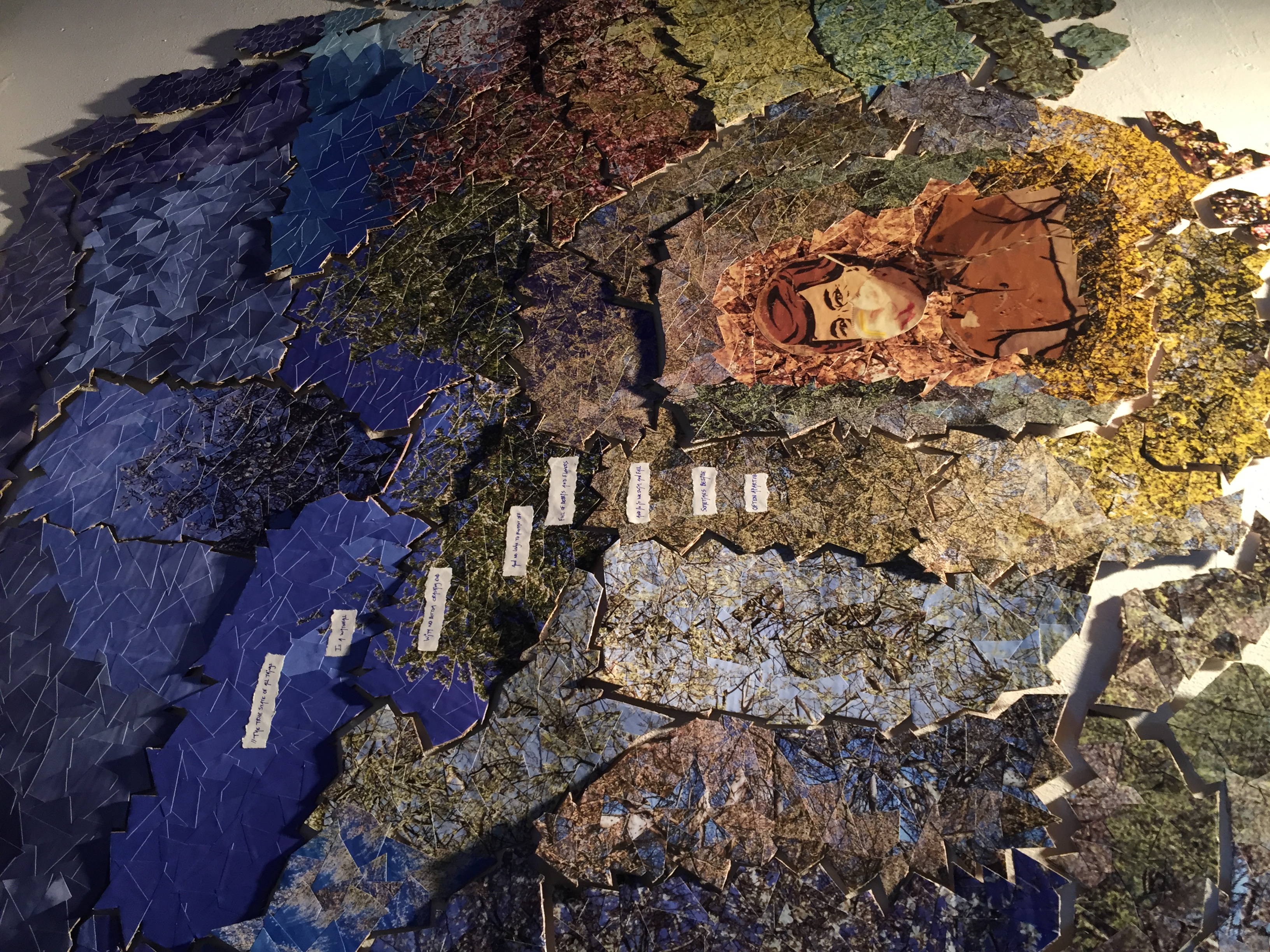

Lydia's project
documentation &
reflection
WEEK 2. 10/09/20 Tutor meeting at Schat van Schoonderloo
WEEK 1. 04/09/20 Personal visit at MINT Nest Exhibition
WEEK 8. 23/10/20 Listening exercise at Kralingen Bos
WEEK 4. 27/10/20 City Tour Pollinators
WEEK 3. 20/09/20 "What do Landscapes say?" Exhibition in Het Nieuwe Institut
WEEK 3. 20/09/20 "Symbiotic Earth" screening
WEEK 4. 24/09/20"A Tale of a Tab" exhibition and outside
WEEK 4. 24/09/20"A Tale of a Tub" exhibition
WEEK 4. 25/09/20 Open day Buurttuin Dakpark
WEEK 4. 27/09/20 Reading Braiding Sweetgrass
WEEK 5. 03/10/20 Utrecht
WEEK 3. 20/09/20 "Lithium" Exhibition in Het Nieuwe Institut
WEEK 3. 20/09/20 "Lithium" Exhibition in Het Nieuwe Institut
WEEK 7. 18/10/20 Personal Soundwalk Kralingen
WEEK 3. 17/09/20 Roofgarden at Coolhaven
WEEK 6. 10/10/20 Composting at Dakpark
WEEK 10. 6/11/20 Cutting & Folding Publications day, WMDKA
WEEK 10. 3/11/20 Choosing the right colours for the publication at Harolds
WEEK 6. 06/10/20 Brainstorming at Gabija's studio